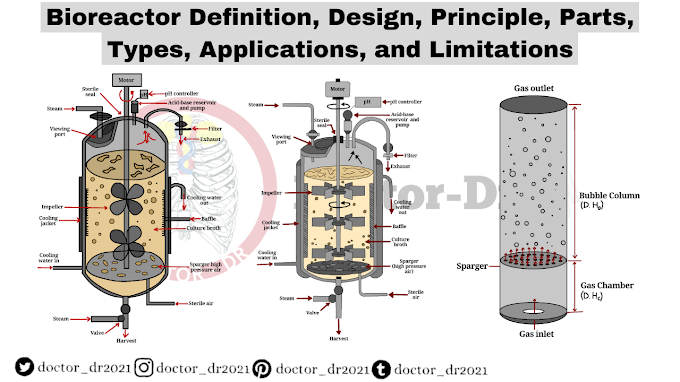Researchers from the Max Planck Institute for Chemical Ecology, the Max Planck Institute of Biology, and an international team of scientists have unraveled the evolutionary mechanisms behind the success of leaf beetles, one of the most diverse groups of herbivores on Earth. Their study revealed that symbioses with bacteria have independently evolved multiple times in different beetle lineages, significantly enhancing their ability to digest plant material.
Key findings indicate that horizontal gene transfer (HGT), where genetic material from bacteria is incorporated into the beetle genome, played a crucial role. This genetic exchange is a result of earlier bacterial symbioses, enabling leaf beetles to thrive on plant-based diets. The research highlights how microbial partnerships and genetic adaptations have shaped the dietary evolution of these beetles, contributing to their global success.
Leaf Beetles and Their Evolutionary Challenges
With over 50,000 species worldwide, leaf beetles are remarkably diverse. They feed on nearly all plant groups, inhabiting environments ranging from soil and foliage to aquatic habitats. Despite their success, leaf beetles face significant challenges, as leaves are nutrient-poor and difficult to digest. However, their symbiotic relationships with bacteria have helped them overcome these dietary limitations.
The Role of Bacterial Symbiosis and Genetic Material
Researchers found that most leaf beetle species have incorporated foreign bacterial genes into their genomes. These genes encode enzymes like pectinases, which break down pectins, a key component of plant cell walls. Symbiotic bacteria also provide beetles with additional nutrients, such as vitamins and essential amino acids.
Through genome and transcriptome analyses of 74 beetle species, scientists discovered a clear pattern: beetles either rely on pectinases encoded in their genomes (via HGT) or on enzymes provided by symbionts, but not both. This binary distribution underscores the importance of symbiosis and gene transfer in beetle evolution.
The Dynamic Evolution of Pectinases
The study showed that the evolution of pectinases in beetles is a dynamic process. When a bacterial symbiosis is established, beetles often replace their own pectinase genes with more efficient versions from symbionts. Over time, these symbiont genes may be transferred to the beetle genome, leading to the loss of the symbiont itself. This continuous alternation between HGT and symbiosis has driven the dietary adaptations of leaf beetles.
Implications for Evolutionary Success
Repeated horizontal gene transfer and bacterial symbioses have enabled leaf beetles to adapt quickly to plant-based diets, fostering their evolutionary success. The findings not only provide insights into beetle evolution but also open avenues for studying similar mechanisms in other species.
This research emphasizes the profound impact of microbial partnerships and genetic exchange on shaping the biodiversity and ecological adaptability of herbivorous insects.
Reference
Roy Kirsch et al. Symbiosis and horizontal gene transfer promote herbivory in the megadiverse leaf beetles. Current Biology, 2025 DOI: 10.1016/j.cub.2024.12.028



~1.webp)




